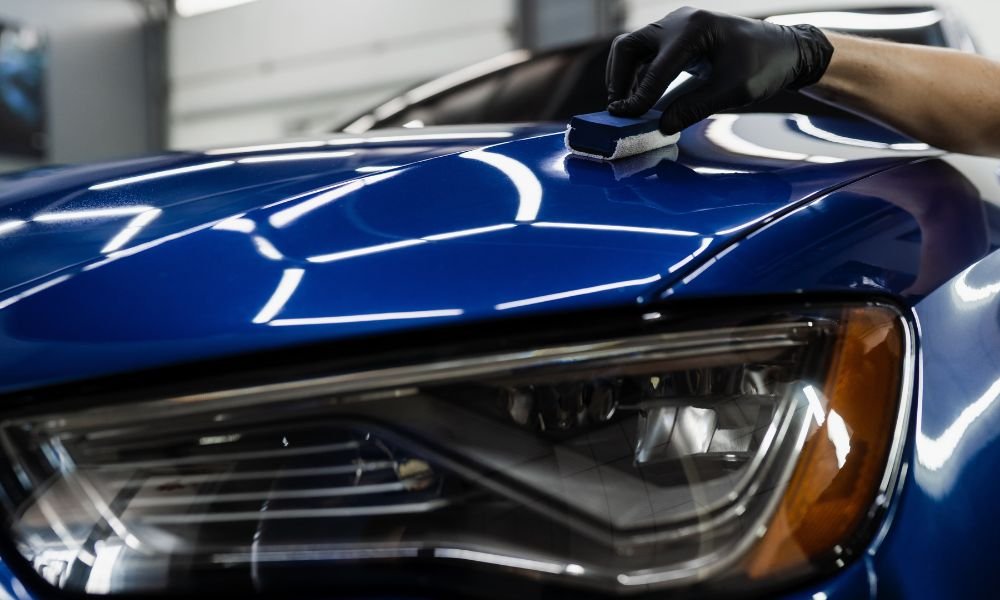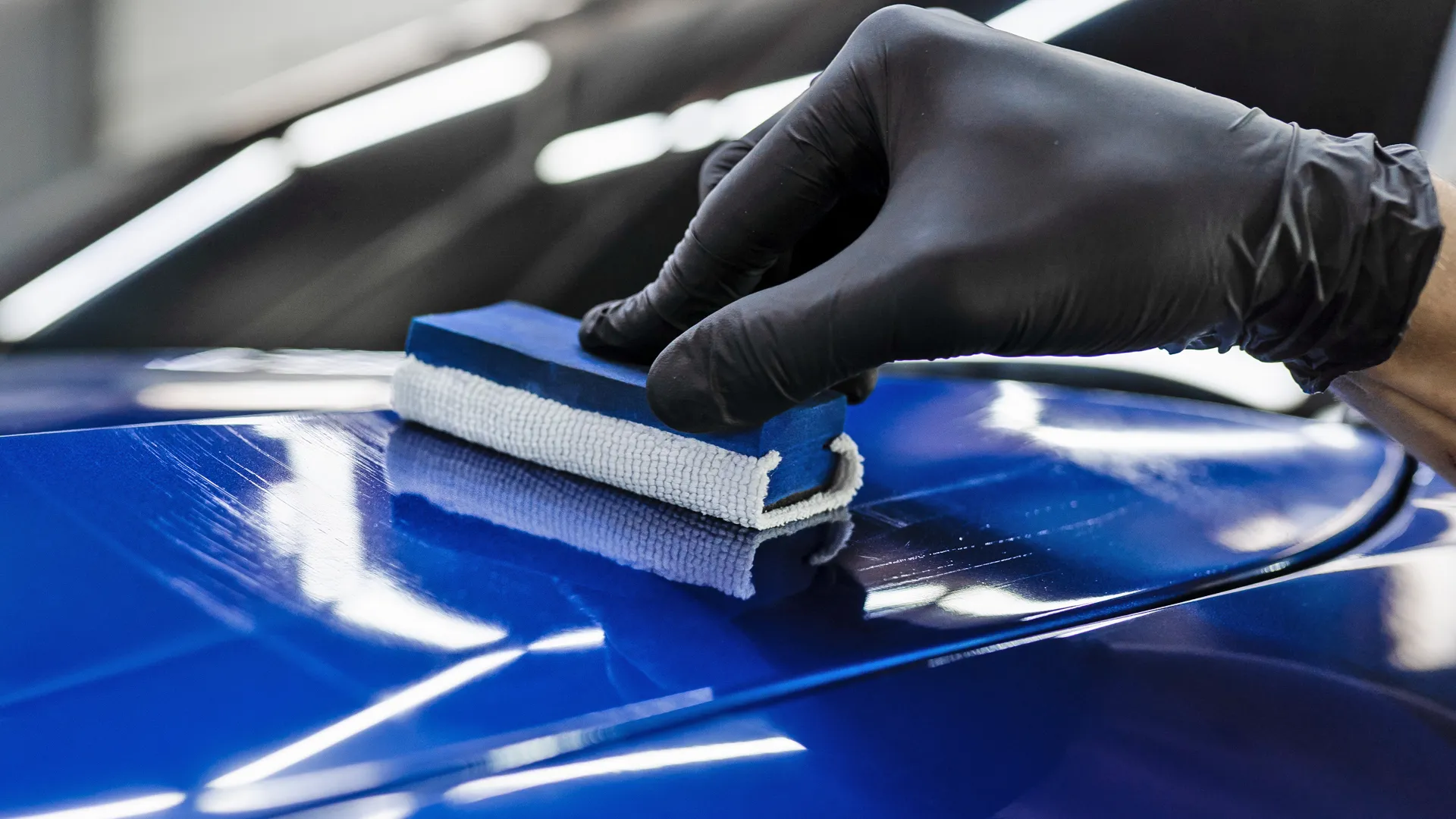Experience fast scratch repair Sarasota for a like-new vehicle finish.
Experience fast scratch repair Sarasota for a like-new vehicle finish.
Blog Article
A Comprehensive Guide to the Sorts Of Ceramic Covering on the marketplace
Ceramic coatings have become a critical solution throughout different industries due to their distinct residential properties and applications. From silica-based formulas known for their toughness to hybrid alternatives that combine numerous advantages, the selections readily available can be frustrating. Recognizing the nuances of each kind, including their specific benefits and excellent usage instances, is crucial for making educated choices. As we explore the unique qualities and applications of these finishes, the ramifications for performance and long life come to be significantly noticeable, raising questions regarding which kind might ideal match your demands.
Comprehending Ceramic Coatings
Ceramic layers are advanced protective services that have gained popularity in numerous industries, particularly in vehicle and aerospace applications. These coverings include a fluid polymer that, when cured, develops a durable, hydrophobic layer on the surface area of the substrate. This layer offers improved resistance to environmental impurities, UV radiation, and chemical exposure, consequently extending the life and aesthetic allure of the underlying product.
The fundamental element of ceramic layers is silica, which adds to their firmness and sturdiness. The application process normally involves surface area prep work, application of the coating, and treating, which can be achieved via warmth or UV light. As soon as healed, ceramic layers show exceptional bonding residential or commercial properties, allowing them to stick strongly to a variety of surface areas, including metals, plastics, and glass.
In addition to their safety functions, ceramic finishes also supply convenience of maintenance. Their hydrophobic nature minimizes the adherence of dirt and gunk, making cleaning simpler and less frequent. Overall, the adoption of ceramic finishings represents a substantial improvement in surface defense technology, supplying both functional and visual benefits across numerous industries.
Types of Ceramic Coatings
Different kinds of ceramic layers are readily available, each made to meet details performance demands and applications - scratch repair sarasota. The most common kinds consist of:
Silica-based Coatings: These coatings mainly are composed of silicon dioxide and are recognized for their sturdiness and chemical resistance. They are commonly used in vehicle and commercial applications.
Titanium Dioxide Coatings: Prominent for their photocatalytic homes, titanium dioxide finishes are commonly applied in environments where self-cleaning and antifungal residential properties are desirable, such as in structure materials and vehicle finishes.
Zirconia Coatings: Characterized by their high-temperature stability and thermal resistance, zirconia coatings are made use of in applications such as wind turbine engines and high-performance vehicle parts.
Alumina Coatings: Exhibiting outstanding hardness and thermal stability, alumina coatings are often utilized in wear-resistant applications, including reducing devices and industrial equipment. - Auto Detailing
Crossbreed Coatings: Incorporating the homes of numerous products, crossbreed coverings provide improved performance characteristics, making them ideal for unique and demanding applications.
Each type of ceramic layer offers unique purposes, enabling customers to pick the most appropriate service based on specific ecological problems and efficiency needs.
Advantages of Ceramic Coatings
Coatings play a crucial function in enhancing the performance and long life of surface areas across different sectors. Ceramic finishings, in specific, deal various benefits that make them increasingly popular among producers and consumers alike. One of the main advantages is their remarkable sturdiness. These finishes are immune to scrapes, chemicals, and UV rays, making sure that the underlying surface remains protected with time.
Along with sturdiness, ceramic coatings provide outstanding hydrophobic residential or commercial properties, enabling for very easy cleaning and upkeep. This water-repellent nature decreases the adherence of dirt, their explanation gunk, and other pollutants, which can extend the aesthetic allure and capability of the surface. In addition, ceramic layers can considerably improve thermal resistance, making them perfect for applications that withstand high temperatures.

Application Refine
When using ceramic layers, a careful technique is necessary to accomplish optimum results. The application procedure typically begins with thorough surface preparation. This involves washing, decontaminating, and brightening the surface to remove all contaminations, including dirt, grease, and prior waxes additional hints or sealers. A tidy surface area makes sure appropriate bond of the coating.
When the surface area is prepped, the following step is to use the ceramic coating. This can be done using an applicator pad or a microfiber towel, guaranteeing even insurance coverage. It is important to operate in small sections to keep control and avoid early curing. The finish should be used in thin layers, as thicker applications can lead to uneven finishes.
After application, the finishing calls for a particular treating time, generally varying from a few hours to a full day, depending on the product. Following these actions carefully will take full advantage of the efficiency and durability of the ceramic layer, supplying a durable safety layer for the surface.
Upkeep and Durability
To ensure the longevity and efficiency of a ceramic finishing, normal upkeep is essential. Ceramic finishings, recognized for their longevity and protective high qualities, need certain care regimens Click This Link to optimize their lifespan and efficiency.
Along with routine washing, periodic assessments are critical. Look for indicators of wear or damages, such as hydrophobic properties diminishing or surface imperfections. If necessary, a light gloss might be put on rejuvenate the covering without stripping it away.
Furthermore, the application of a booster spray can boost the coating's hydrophobic effects and restore its gloss. This is specifically helpful for finishings that have remained in use for a prolonged duration. Eventually, by sticking to these maintenance techniques, one can substantially prolong the life of a ceramic finish, ensuring that it remains to provide optimum protection versus ecological factors and maintain the visual charm of the car.
Verdict

Report this page